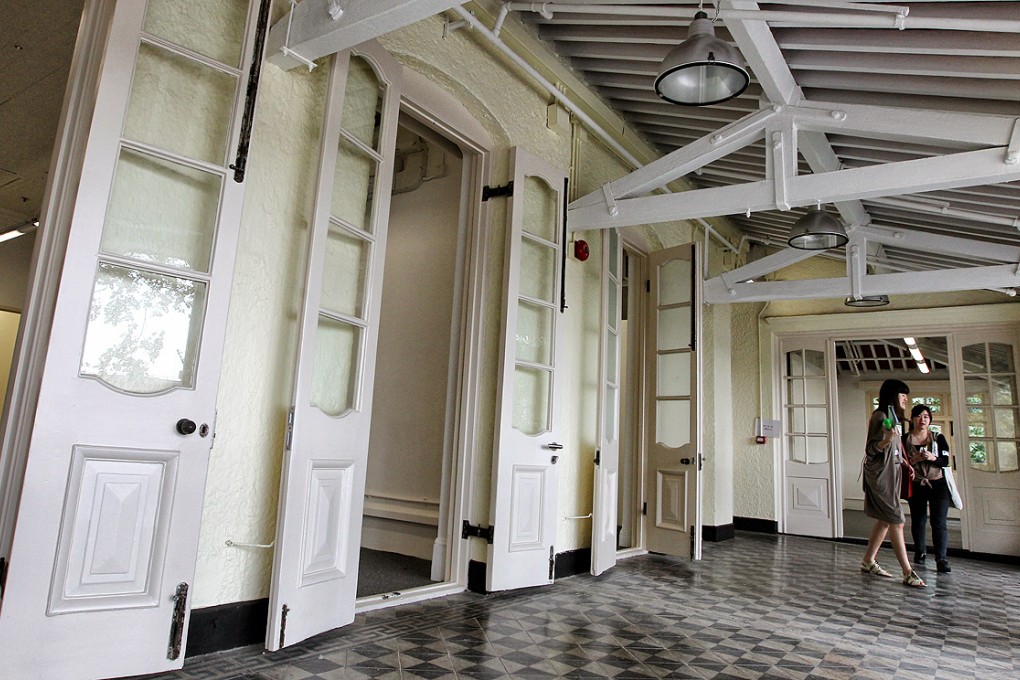How we can conserve what's left of Hong Kong's built heritage
Society needs to accept that the preservation of the city's history comes at a price and there is need to find a compensation mechanism

The government recently sought community views on the conservation of Hong Kong's built heritage with the aim of establishing its importance and saving what little is left.
The city's relatively small heritage portfolio and districts of cultural and historical value warrant protection for a variety of reasons - not least as part of the city's collective memory. However, the challenge is at what price and how, within the context of Hong Kong's market economy, are we to treat equitably those owners in the private sector who agree to conserve or are required to conserve the heritage buildings they own for the benefit of the community at large.
Many of the sites were granted and developed under old Crown leases of a relatively simple form which do not preclude redevelopment to either a higher density or to an alternative use.
Similarly, the relevant outline zoning plans (OZP), which represent a further layer of development control, often encourage redevelopment through a general zoning designation (such as residential or commercial), although there may be reference in the notes to the OZP to height and plot ratio restrictions.
The owners of these sites, therefore, can demonstrate significant potential latent value that they would need to forego if the heritage building on their lot is to be retained.
Clearly, some heritage buildings could be regarded as being of more importance than others. An existing grading system is the key when difficult protection choices have to be made. However, should an owner refuse to conserve a building or the government decides not to declare it a monument, there is no current measure or basis of compensation to reflect the redevelopment value the owner has foregone.
